 In the effort to reduce poverty around the world, scientific innovations and technological solutions are welcomed. Developments in technological capabilities provide new potential approaches to reducing poverty. One such development that has received increased attention is the emergence of lab-grown meat as an alternative source of food for populations in developing countries. Lab-grown meat has only emerged as a potential solution quite recently, and even at this young stage of development, there are many who argue both for and against its potential effectiveness and applicability in the effort to reduce poverty.
In the effort to reduce poverty around the world, scientific innovations and technological solutions are welcomed. Developments in technological capabilities provide new potential approaches to reducing poverty. One such development that has received increased attention is the emergence of lab-grown meat as an alternative source of food for populations in developing countries. Lab-grown meat has only emerged as a potential solution quite recently, and even at this young stage of development, there are many who argue both for and against its potential effectiveness and applicability in the effort to reduce poverty.
Lab-Grown Meat
Lab-grown meat, known alternatively as cultured meat, is an alternative application of stem cell technology typically used in medicine. Stem cells are extracted from an animal and converted to muscle cells. The cells are then cultured on a scaffold with nutrients and essential vitamins. From this point, they grow and can eventually be shaped into any desired form, such as sausages, hamburgers, steaks or mince. Lab-grown meat is being considered as a potential solution to food insecurity in impoverished countries as it takes much less time to grow, uses fewer of the planet’s resources and no animals need to be farmed or slaughtered.
The Arguments Against Cultured Meat
Those against the implementation of cultured meat as a tool in the struggle against world poverty point firstly to the impracticality of current production. The world’s first cultured burger, cooked on live TV in 2013, cost $330,000 to produce and more of its kind might not be commercially available for decades.
In addition to the practicality issue, critics also argue that providing meat grown in foreign labs to developing countries is not ultimately constructive. It creates a dependence on exports for food when most developing countries have the capabilities to produce their own food.
Most African and Asian countries used to be self-sufficient with regard to food production but this has changed over the last 30 years. Subsidized western-grown crops have been pushed on developing countries and barriers to markets have been lowered, allowing U.S. and European firms to export crops to developing countries.
Poverty Reduction Applicability
Kanayo Nwanze former president of the International Fund for Agricultural Development (IFAD), presented an argument in 2013 which has maintained support today. The argument is that the decline of agriculture in developing countries has been an effect of underinvestment as a result of structural adjustment programs pushed by the World Bank. The World Bank has funded numerous investment programs in recent years that aim to provide developing nations with western food as a means of poverty alleviation. Some argue that this is not a sustainable solution and will only lead developing nations to be dependent in the future. Instead of investing in big science, those looking to reduce global poverty should focus on supporting rural regions and small farmers.
Eat Just: Cultured Meat
Despite the existing criticism of cultured meat, supporters of this developing technology have reason to be optimistic. In December 2020, U.S. startup, Eat Just, became the first in the world to gain government approval to sell its product to the public. This approval came from the government of Singapore, which means cultured chicken will soon be available at an unnamed restaurant in Singapore. This is a landmark development for the cultured meat business. Following this gain of approval, more governments around the world may follow suit. According to Eat Just, cultured chicken nuggets will be available at “price parity for premium chicken you’d enjoy at a restaurant.”
The Potential of Lab-Grown Meat
The debate around the effectiveness of cultured meat as a tool in poverty reduction is justified and indeed necessary. Only after serious consideration and scrutiny does any new idea earn approval and the right to be implemented. Though right now it may seem that there are more arguments against its implementation than for, this is largely due to the novelty surrounding the idea. The technology and industry with regards to lab-grown meat as a whole are still in the early stages of development. The idea of lab-grown meat as a potential solution to hunger and poverty is being followed eagerly by supporters and skeptically by critics. Only time will tell whether this novel idea succeeds or falls short.
– Haroun Siddiqui
Photo: Flickr
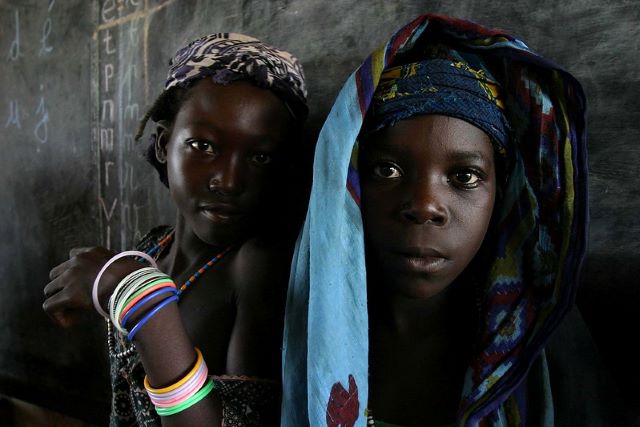 One year after repatriation efforts began, refugees from the Central African Republic are returning home. Although repatriation operations began in November 2019, the return of refugees from the Central African Republic was delayed by the COVID-19 pandemic. Enhanced health and safety precautions made their return possible. The United Nations Refugee Agency, a U.N. agency responsible for protecting refugees, organized the implementation of health and safety precautions. Measures included the use of masks and temperature screening. Handwashing stations were also installed to prevent the spread of disease.
One year after repatriation efforts began, refugees from the Central African Republic are returning home. Although repatriation operations began in November 2019, the return of refugees from the Central African Republic was delayed by the COVID-19 pandemic. Enhanced health and safety precautions made their return possible. The United Nations Refugee Agency, a U.N. agency responsible for protecting refugees, organized the implementation of health and safety precautions. Measures included the use of masks and temperature screening. Handwashing stations were also installed to prevent the spread of disease.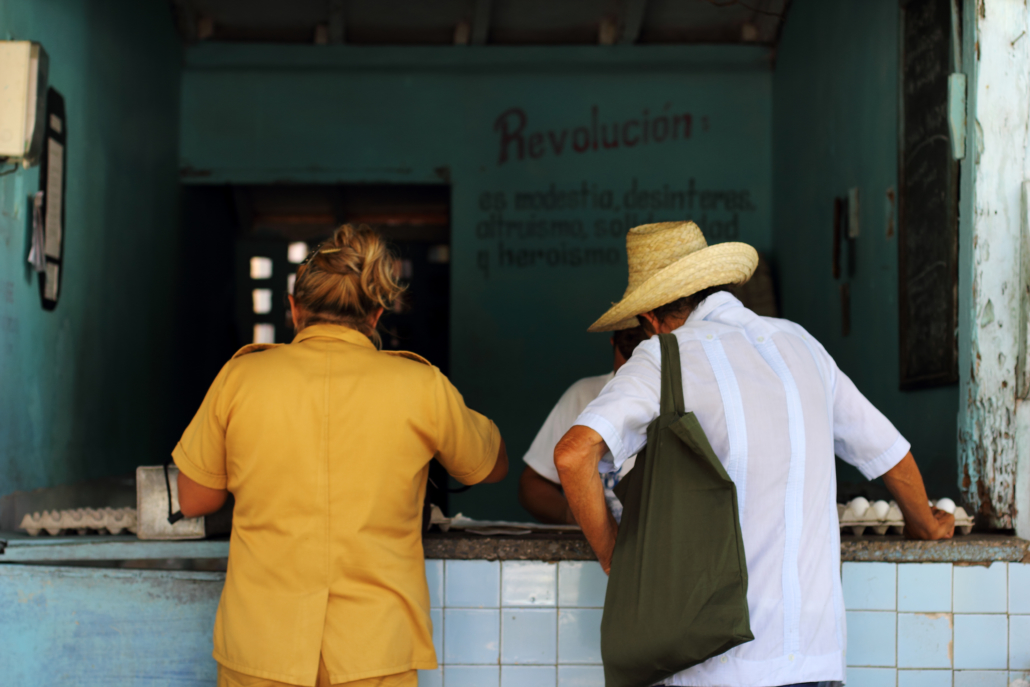
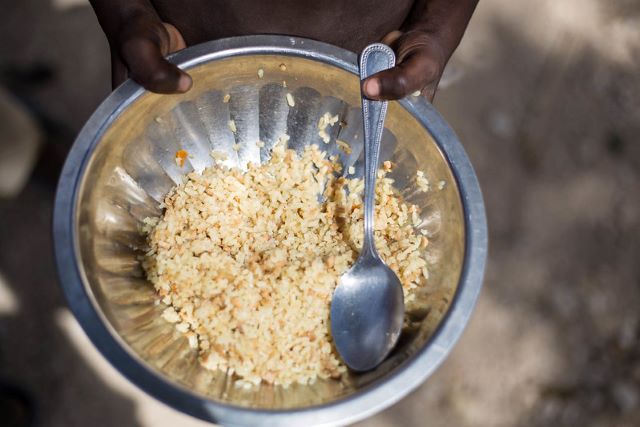 The COVID-19 pandemic is deemed a global health crisis that has resulted in an economic crisis and a hunger crisis too. In the Dominican Republic, Cabarete Sostenible seeks to address the root cause of hunger.
The COVID-19 pandemic is deemed a global health crisis that has resulted in an economic crisis and a hunger crisis too. In the Dominican Republic, Cabarete Sostenible seeks to address the root cause of hunger.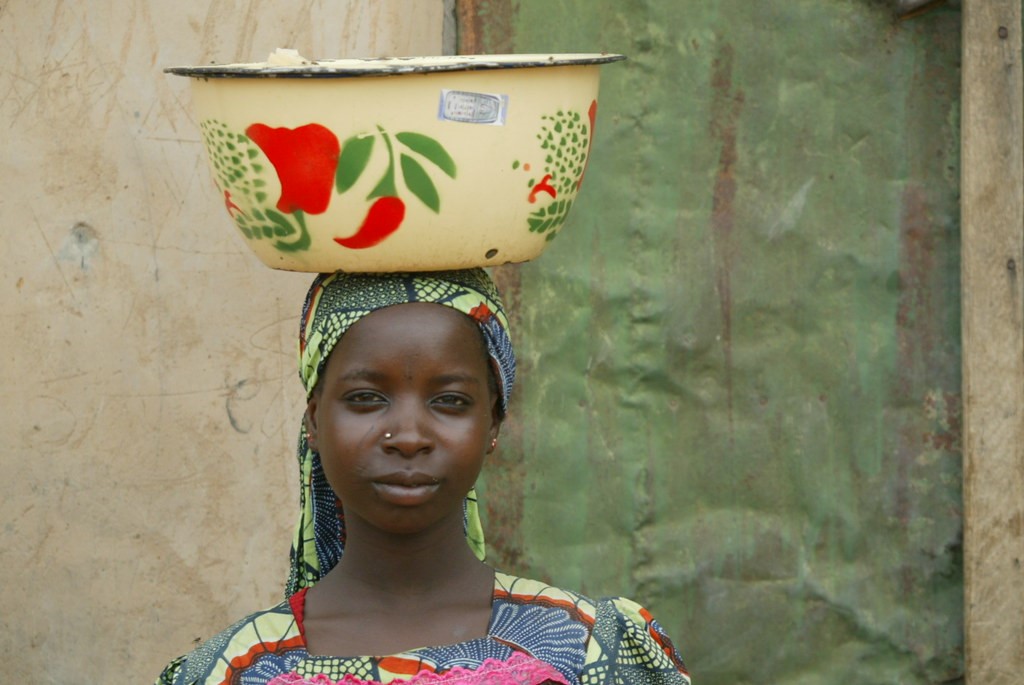
 Ranked 185th out of 189 countries on the 2019 United Nations’ human development index, Burundi is
Ranked 185th out of 189 countries on the 2019 United Nations’ human development index, Burundi is 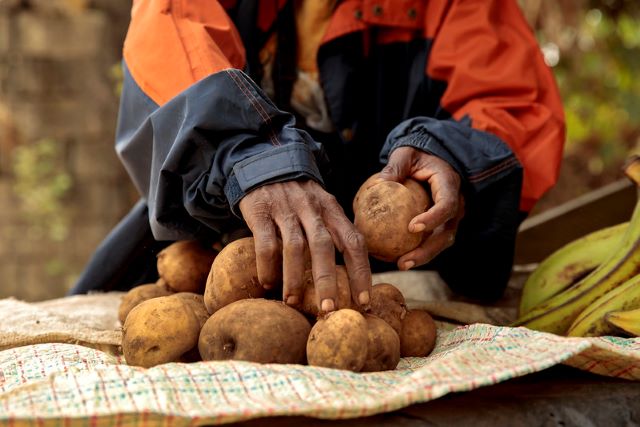 In the next 30 years, the world population
In the next 30 years, the world population  Deforestation is regularly spoken of on a global scale. Most people understand that deforestation,
Deforestation is regularly spoken of on a global scale. Most people understand that deforestation, 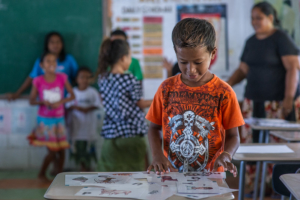 All too often, poverty’s defining factor is income. However, other factors such as access to healthcare, public transportation and education all impact poverty as well. Micronesia’s well-deserved reputation as a paradise wrongly implies that poverty and hunger aren’t an issue. The islanders face a complex grouping of problems affecting food availability and agriculture despite the picturesque locale. Micronesia is comprised of 607 islands in the Northwestern Pacific. The country is represented in four states: Yap, Chuuk, Pohnpei and Kosrae. It is home to about 112,000 citizens with a
All too often, poverty’s defining factor is income. However, other factors such as access to healthcare, public transportation and education all impact poverty as well. Micronesia’s well-deserved reputation as a paradise wrongly implies that poverty and hunger aren’t an issue. The islanders face a complex grouping of problems affecting food availability and agriculture despite the picturesque locale. Micronesia is comprised of 607 islands in the Northwestern Pacific. The country is represented in four states: Yap, Chuuk, Pohnpei and Kosrae. It is home to about 112,000 citizens with a 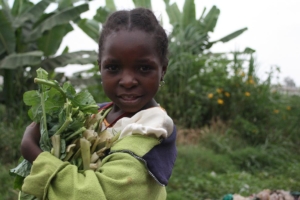 Kenya is currently home to 46 million people, and more than 35% of Kenyans suffer from food insecurity and malnutrition each year, with 2.6 million facing a food insecurity crisis. The state of food insecurity in this country is serious, with the country ranking 86 out of 117 countries on the 2019 Global Hunger Index. Children are especially at risk, with slightly less than a third of those who are food insecure suffering from stunted growth. This is one of the many common issues related to hunger and poor nutrition. The rampant hunger in Kenya is a dire situation. However, there are some efforts to address this crisis.
Kenya is currently home to 46 million people, and more than 35% of Kenyans suffer from food insecurity and malnutrition each year, with 2.6 million facing a food insecurity crisis. The state of food insecurity in this country is serious, with the country ranking 86 out of 117 countries on the 2019 Global Hunger Index. Children are especially at risk, with slightly less than a third of those who are food insecure suffering from stunted growth. This is one of the many common issues related to hunger and poor nutrition. The rampant hunger in Kenya is a dire situation. However, there are some efforts to address this crisis.